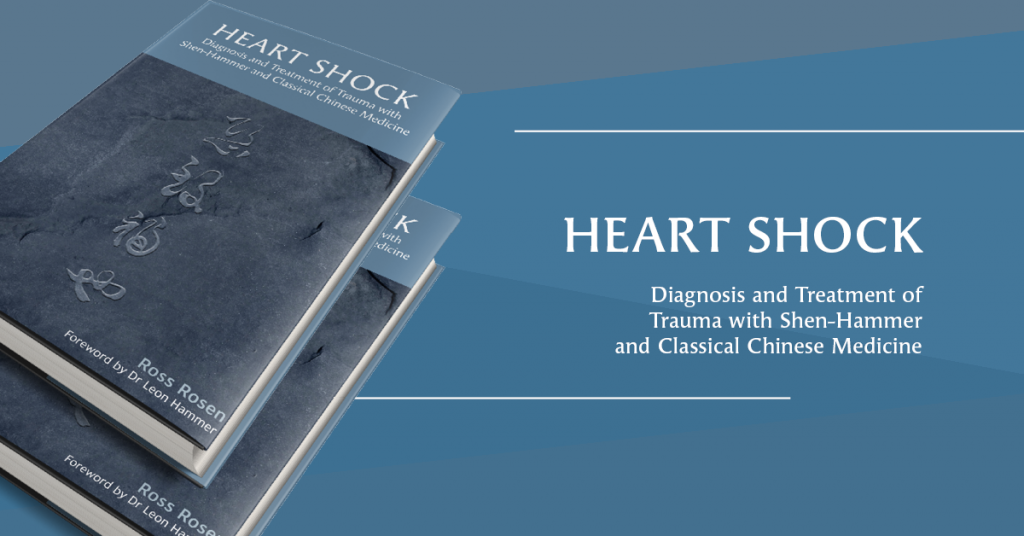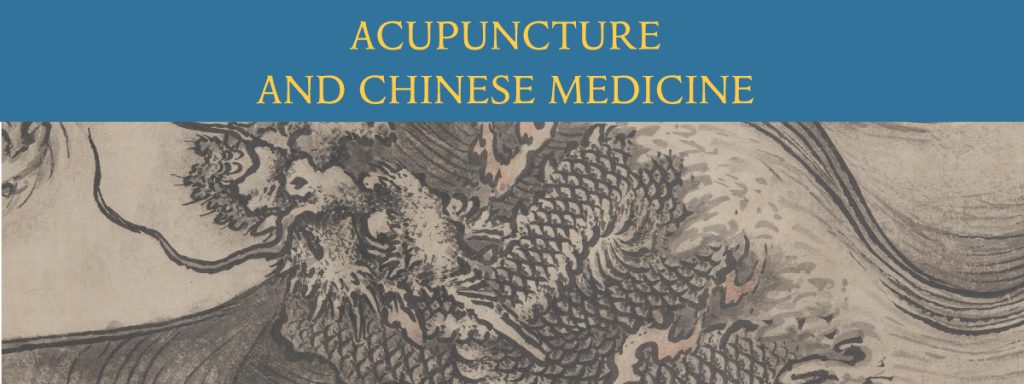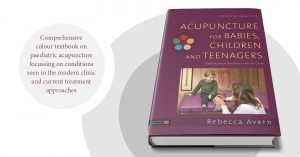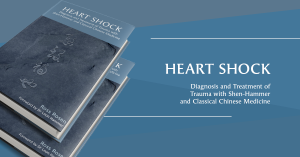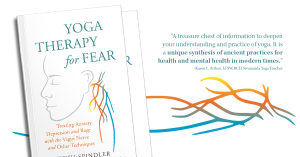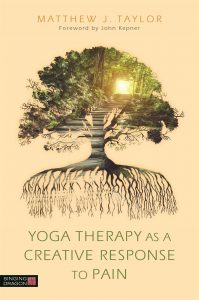Ross Rosen is a licensed practitioner and Master of Chinese medicine, as well as the author of Heart Shock – Diagnosis and Treatment of Trauma with Shen-Hammer and Classical Chinese Medicine. In this article, he writes about unravelling the past to create a happy present and future, and the rising practice of treating trauma with acupuncture.
The prevalence of those who have encountered trauma in their lives is staggering. If my medical practice is any indication, roughly 75% of those I treat have signs and/or symptoms of past traumatic events. And whilst most patients seeking treatment (and most medical providers for that matter) don’t recognise the connection of their symptoms to traumas that may have occurred even decades prior, not addressing the traumas can create a major roadblock to successful treatments, handcuffing the practitioner and frustrating the patient who does not fully find relief.
